

Installation


Education


Maintenance


after sales service


Precise design
The main activities and services of Karmaye Sabz Kian Company in relation to parking ventilation are divided to three parts as follows:
Mechanical Design
In this company, mechanical designs are done by Fluid Mechanics Designers according to the criteria of the operation criteria of the ventilation, exhaust and smoke control system of the Iranian Fire Department based on BS-7346-7:2006 and NFPA 92:2012 and NPFA92A:2009, and all mechanical designs such as replacement conditions based on the concentration of CO gas, zoning measures, compensatory air supply, calculations of the sizing for canals and motor dampers, and the selection of equipment are done based on the F300 and F400 classes.
.
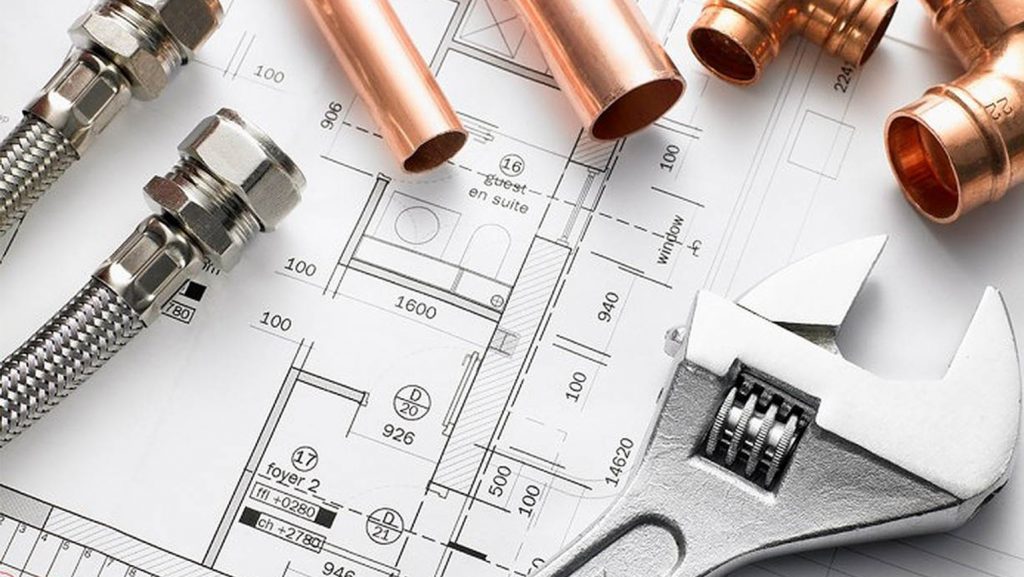



Electrical Design
– Sizing the communication cables between the electrical parking ventilation equipment and the main parking ventilation panel
– Drawings of power circuits and control of the main parking ventilation panel
– Drawings of parking circuit control and automation circuit
Manufacturing and commissioning of electrical panels
– Manufacturing and commissioning of the main electrical panel for parking ventilation based on PLC automation
– Using Siemens S7-300 and S7-1200 series PLCs with WINCC or HMI monitoring
– All panels are earth shield and RITAL design and electrical equipment such as contactors, motor protections and inverters are of Western European type
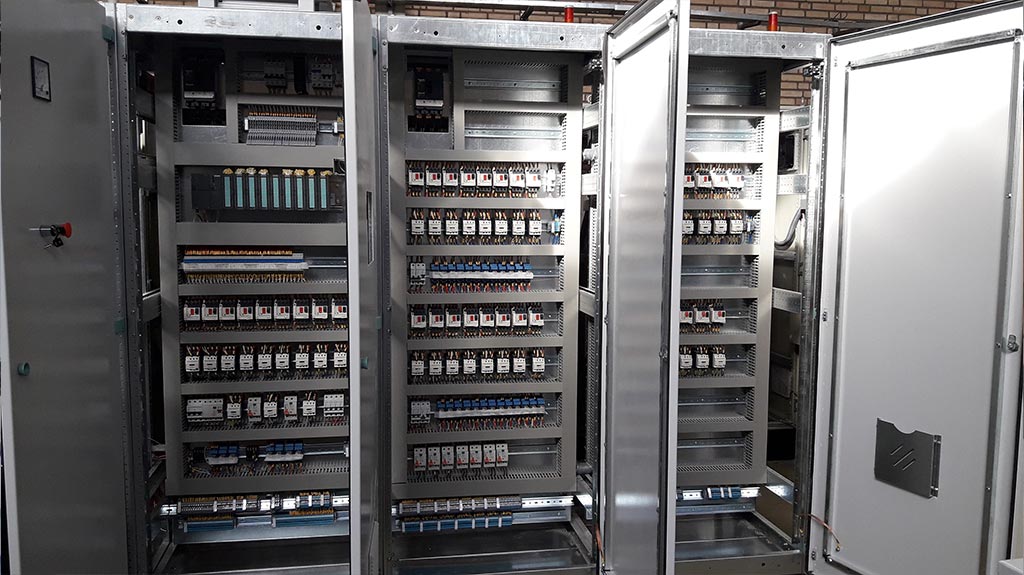

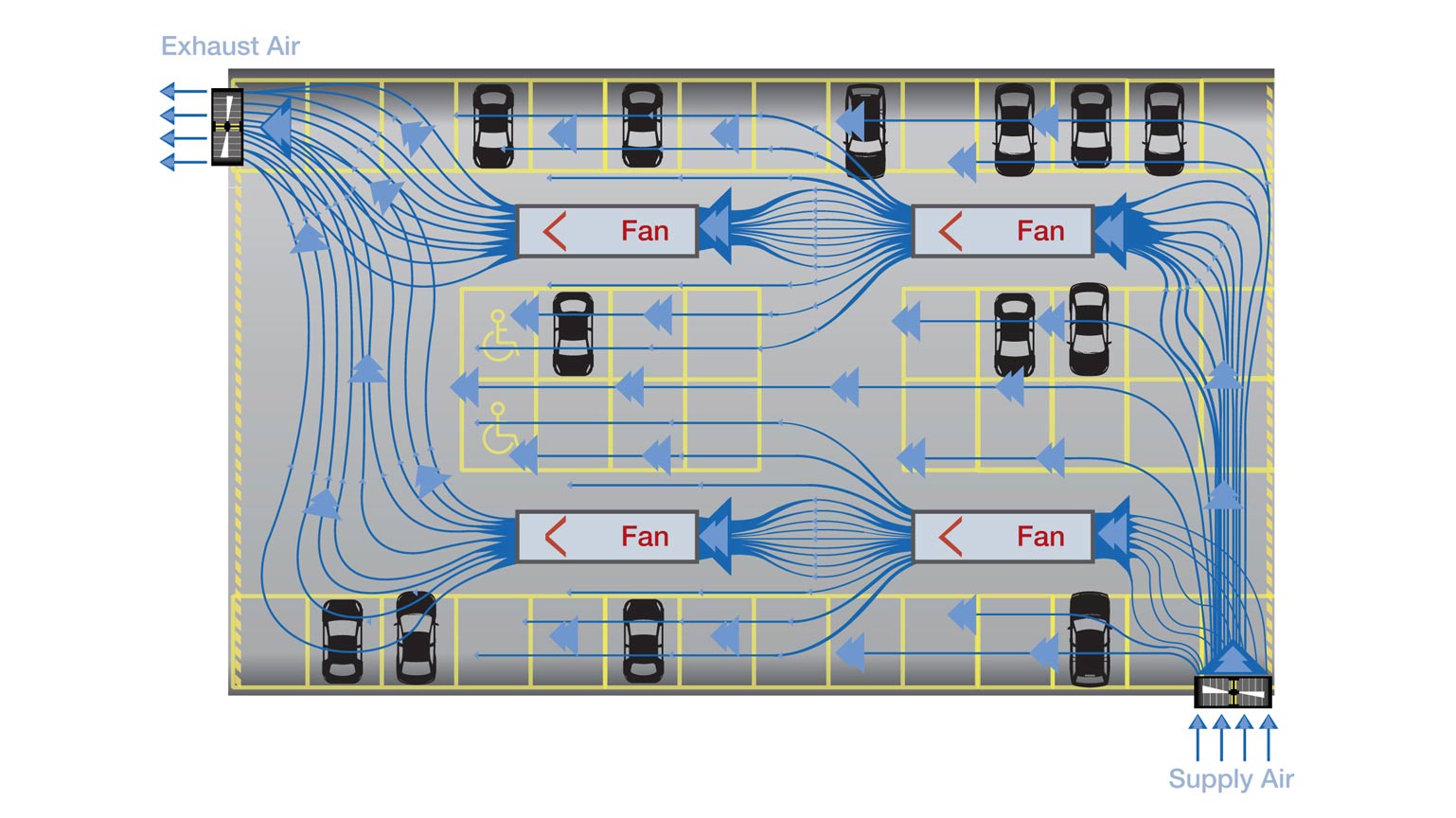

Smoke Exhaust
Proper ventilation is important in parking lots due to the presence of gases such as carbon monoxide and nitrous oxide, which are very dangerous, as well as to conduct smoke and combustion products during a fire There are currently two mechanisms for running a ventilation system:
- • Ventilation system with duct implementation
- • Ventilation system by removing ducts and using jet fans
We will have a brief look at each of the above mechanisms and compare the two methods below:
Ventilation System with Duct Implementation
Due to the impossibility of natural evacuating air in parking lots, fresh air supply and exhaust evacuation should be done mechanically by creating a flow between these two points. . In this method, a channel is used to establish this flow and exhaust. In addition to functional problems in this system (such as disruption in the system by increasing the distance between channels), it has other negative points such as high costs, execution time, placement, throwing architectural spaces, lack of beauty and the need for more height led to a new alternative method.


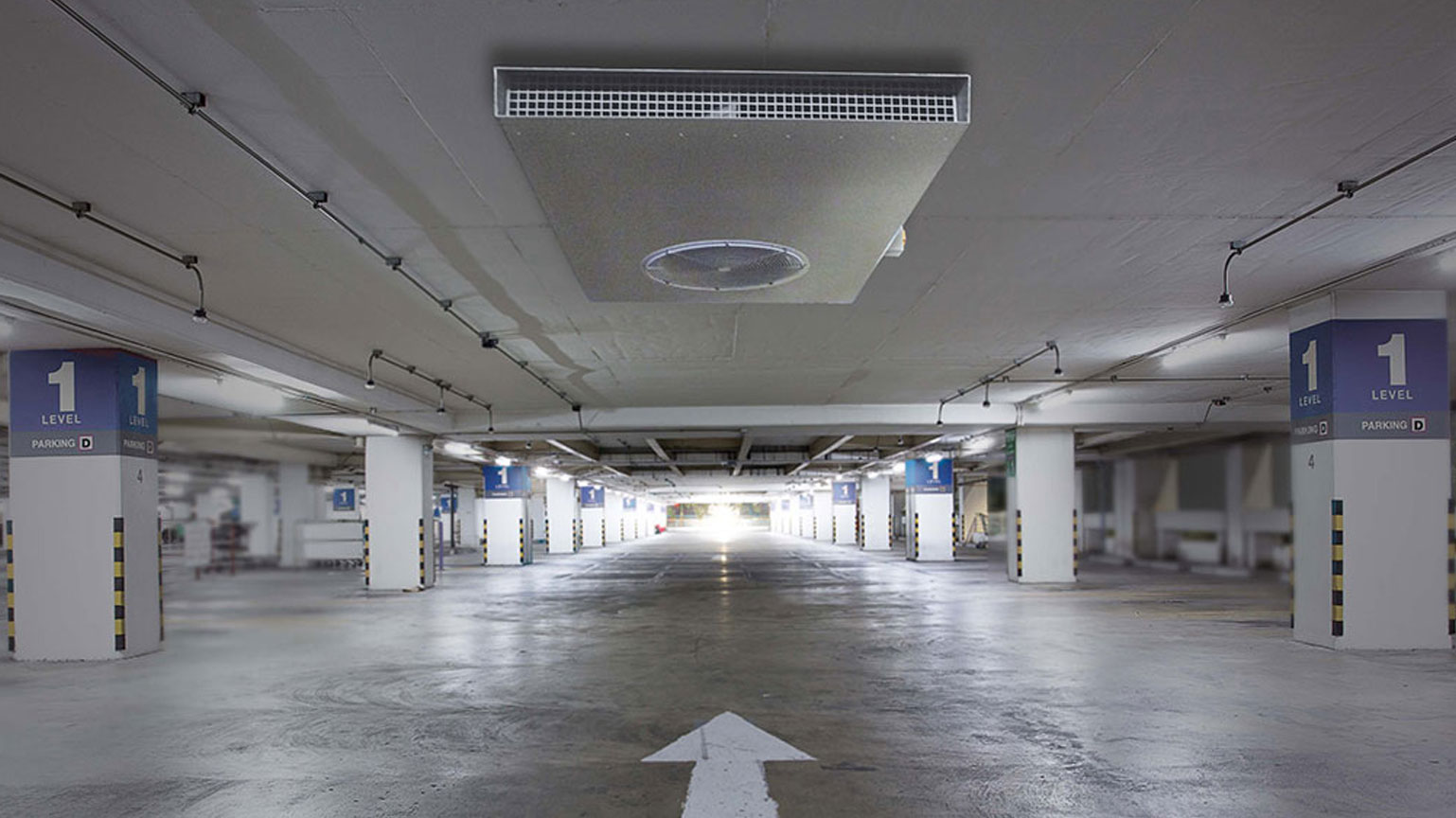

Ventilation System by Removing Ducts and Using Jet Fans
In this system, which is designed based on modern methods, the channels are completely removed and jet fans are replaced. Jet fans with small dimensions and low noise and with their more efficient performance can create a proper air flow and direct the air flow inside the parking lot. A flow from the fresh air fans to the exhaust fans will be performed and significantly improve the performance of the system. In semi-open parking lots (such as multi-storey car parks above ground level that have large air passages on their outer wall but the air flow is not well established due to the large area of the parking lot); there is no need to forecast some sources for feeding or evacuating air. And it is only necessary to install jet fans in the parking lot to achieve the desired flow, but in closed parking lots (such as underground multi-storey car parks), suitable sources for feeding fresh air and discharging polluted air must be considered. In most such parking lots, the shafts are considered to be of a certain size for mechanical blowing and suction of parking air.
Exhaust smokes in case of fire:
Mechanical exhaust ventilation system by creating high pressure in areas close to the fire and creating low pressure in the fire area greatly reduces the temperature of the fire area and by preventing the smoke from coming down, allows people to escape from the fire environment.
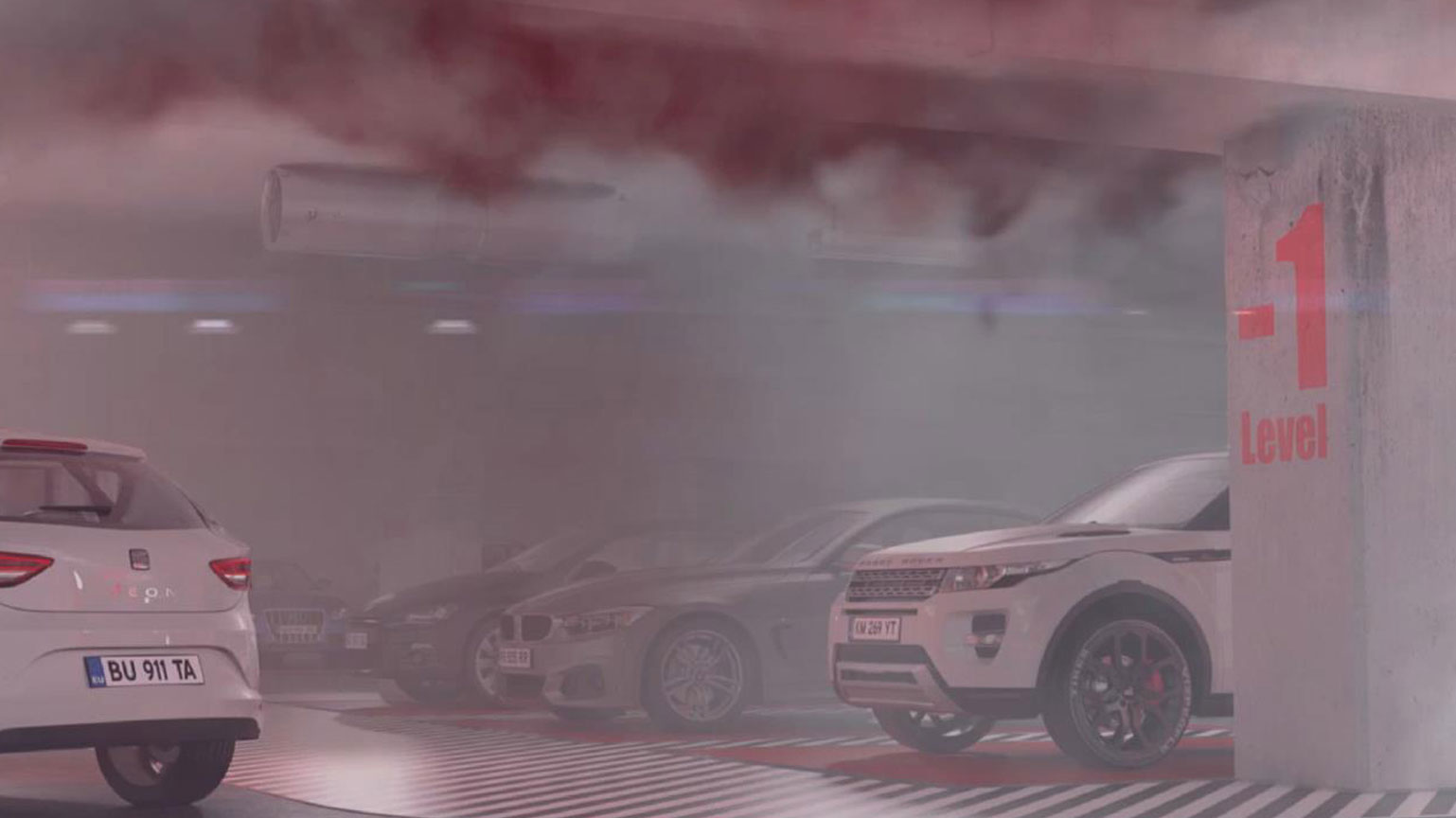



Computational fluid analysis:
Using CFD software, fluid dynamics analysis is performed carefully and the accuracy of the design of the parking ventilation system is ensured. With the help of the software, three-dimensional simulation is performed based on considering variables such as the number of times of air movement in accordance with firefighting standards, volume and air direction according to the position of jet fans and air supply and evacuation fans.
Parking ventilation equipment
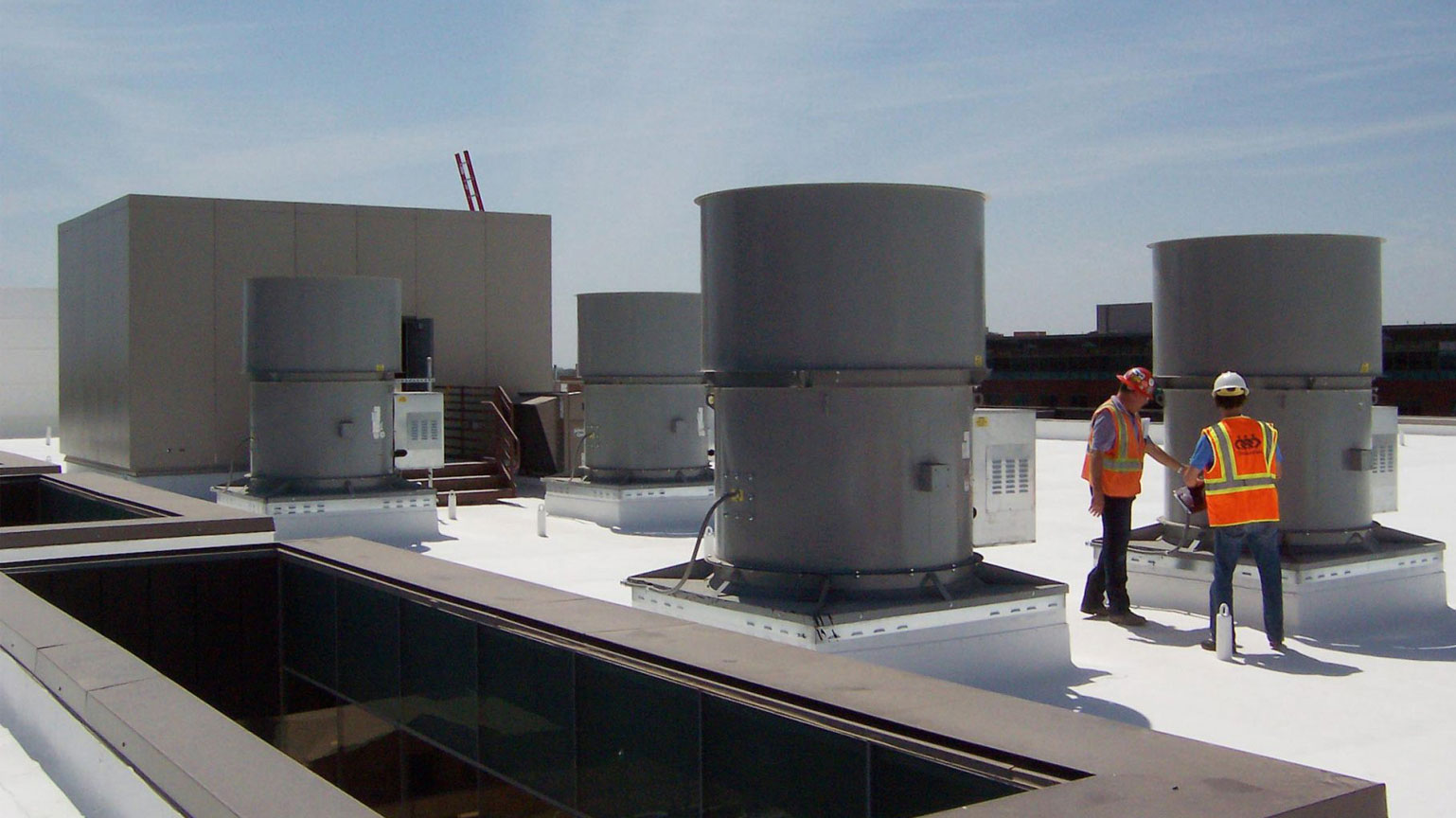

1. Exhaust Fans
These fans are responsible for sucking smoke or polluted air from inside the parking space to outside the building. Exhaust fans must be able to work in both fire and CO discharge scenarios and are also fire resistant.
2. Fresh air supply fans
These fans are located at the beginning of the fresh air shafts and are responsible for sucking fresh air from the outside space into the parking space because the fans are in contact with fresh air and do not need to withstand high temperatures.
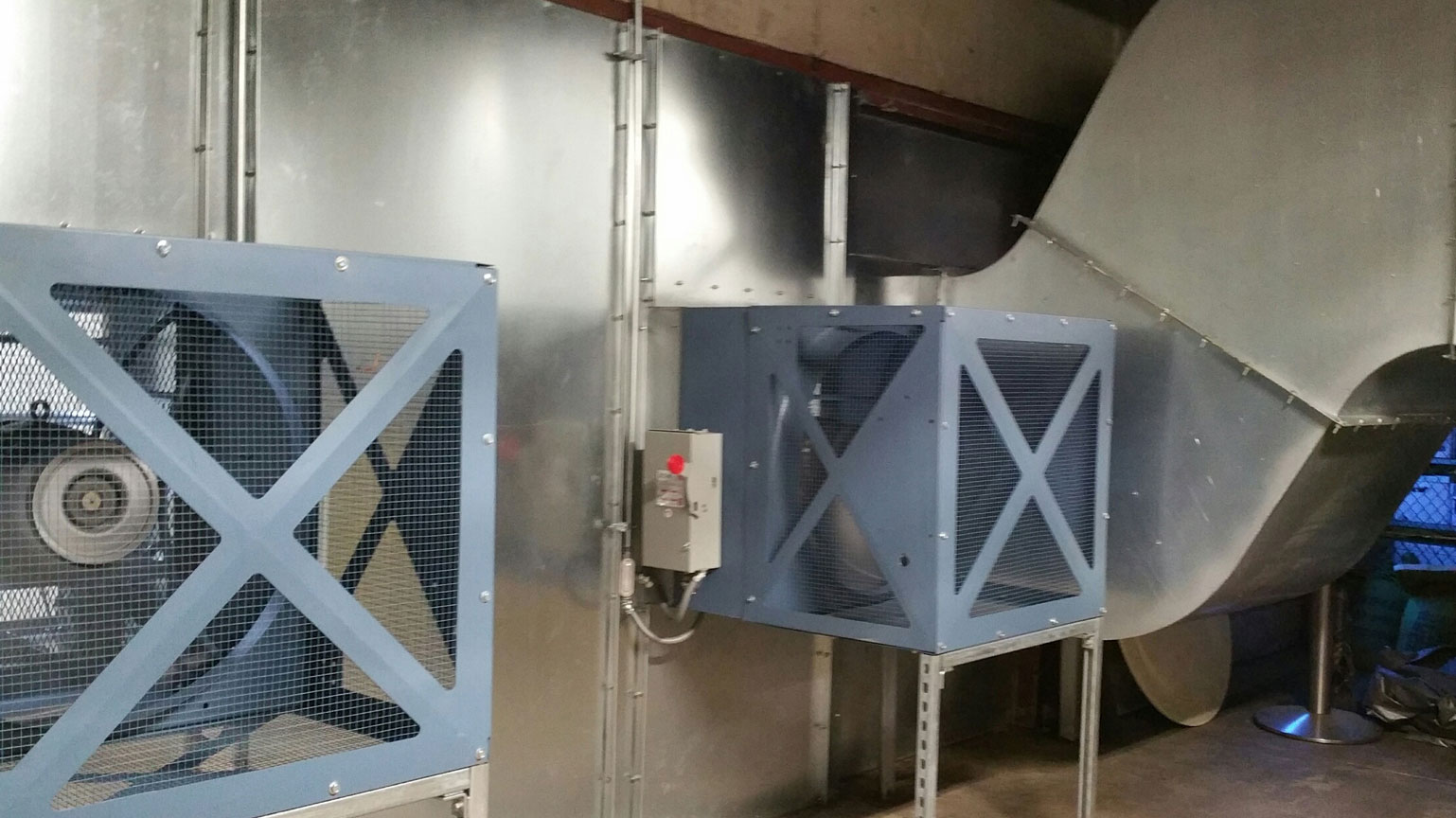



3. Jet fans
Jet fans are manufactured in two types: tunnel-shape and book-shape. Both are suitable for installation in underground parking lots to remove smoke and hot gases in fire conditions.
In the operating conditions, the smoke exits in the temperature range of about +50 degrees Celsius to work permanently. And in case of fire, they have a guarantee of operation at a temperature of 300 degrees Celsius for 2 hours.
4. Smoke & fire dampers
Motorized fire dampers are used for permanent and automatic control of air flow and prevent the transfer of smoke and fire between the areas where the fire has occurred.
Their function is defined according to the commandability of the PLC inside the parking ventilation control panel.
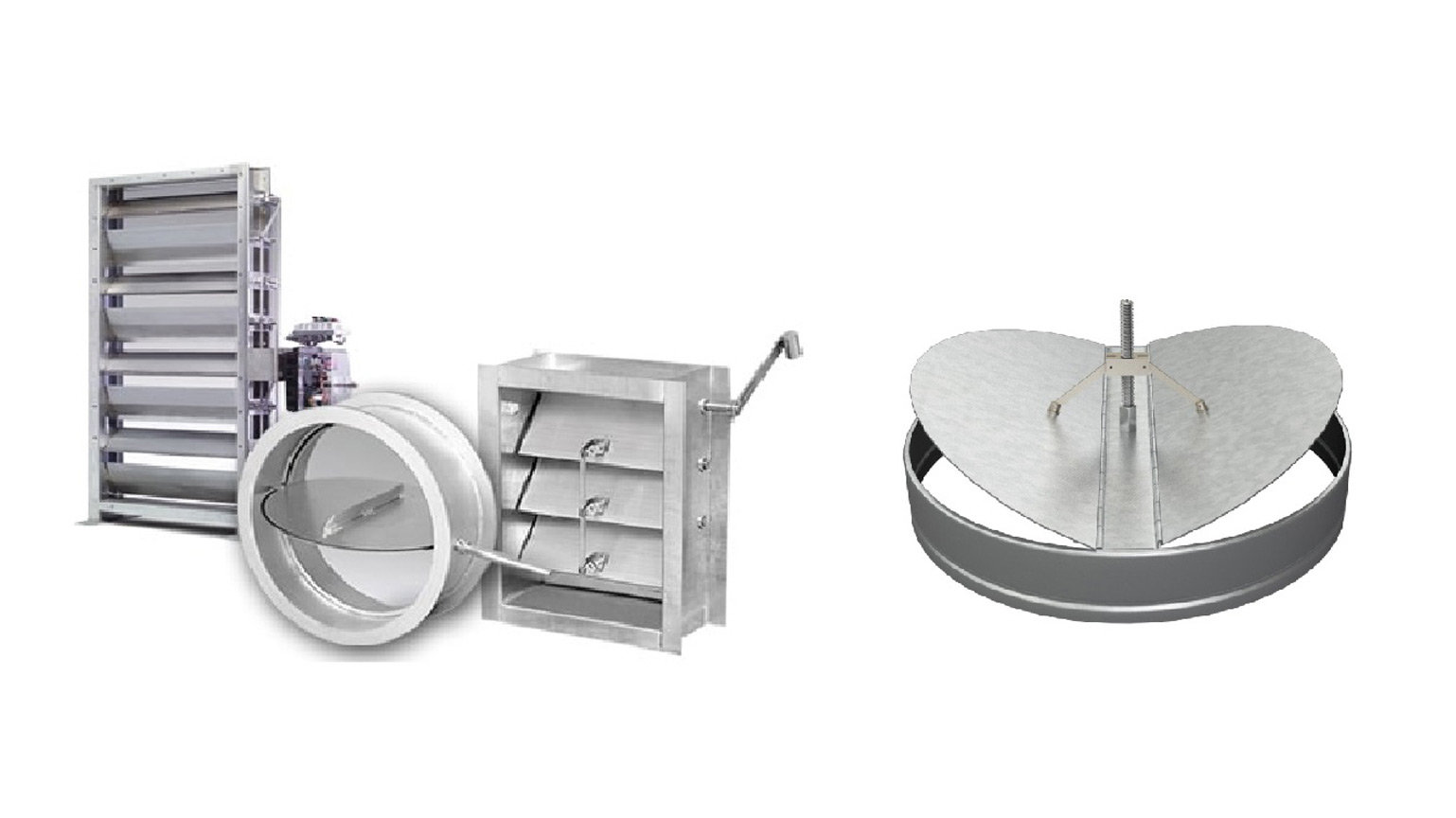

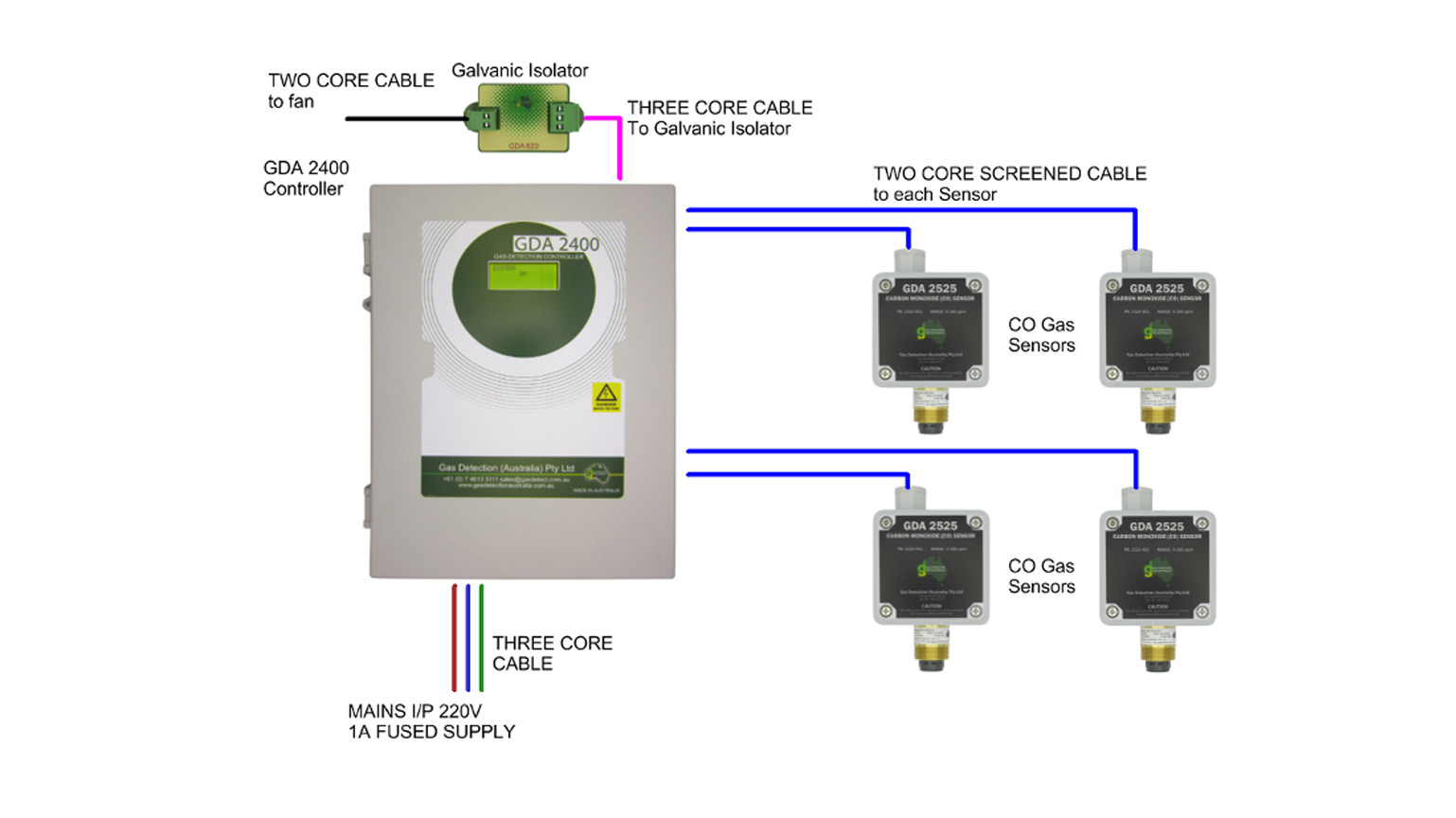

5. Carbon monoxide (CO) sensors
Carbon monoxide sensors installed inside the parking lot measure the concentration of carbon monoxide at any time and its amount is sent to the PLC inside the parking ventilation control panel.
. If the concentration of carbon monoxide is more than 25PPM, according to the scenario defined to the PLC, it will command the jet fans and dampers of exhaust and fresh air supply to operate.
